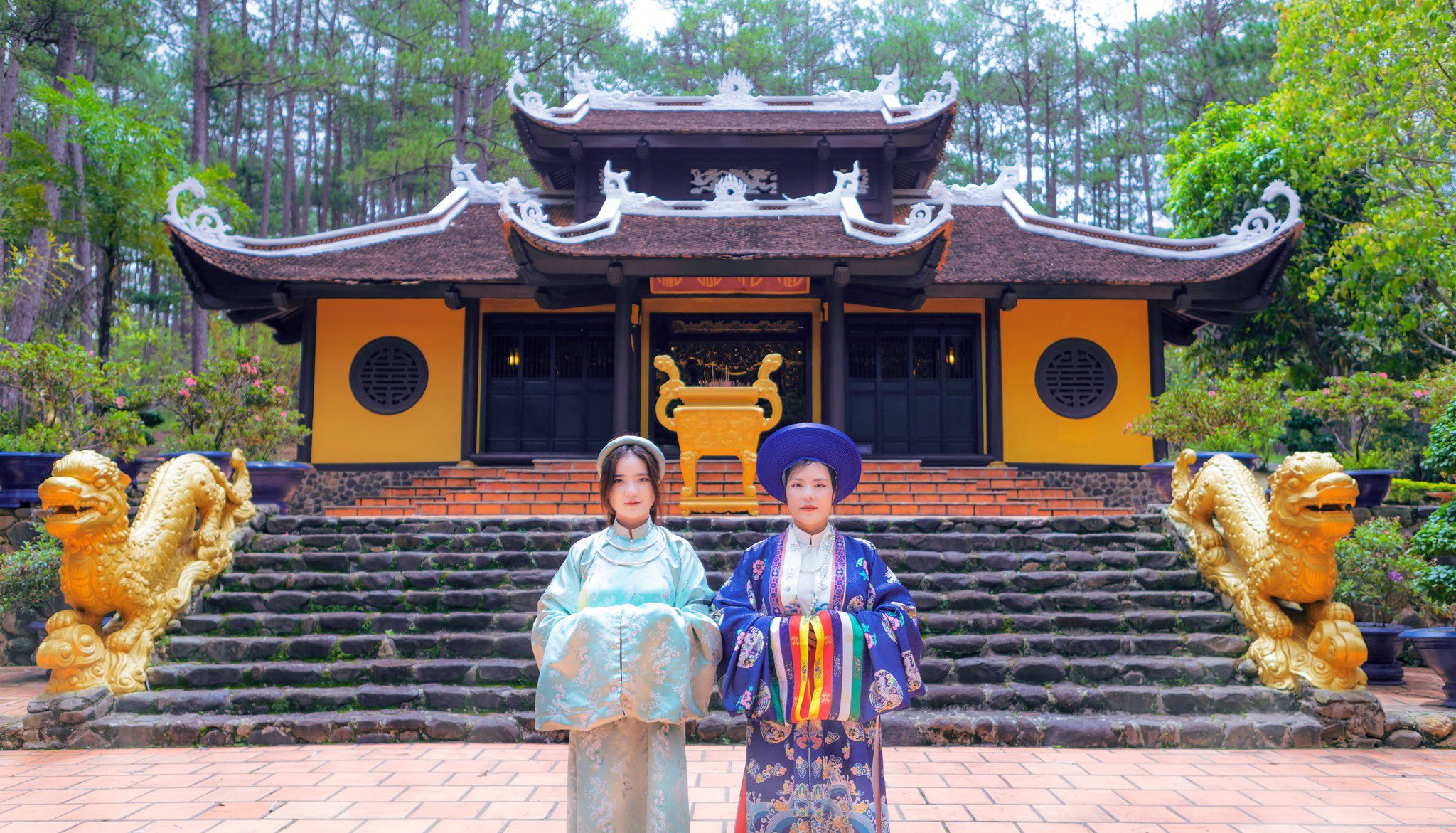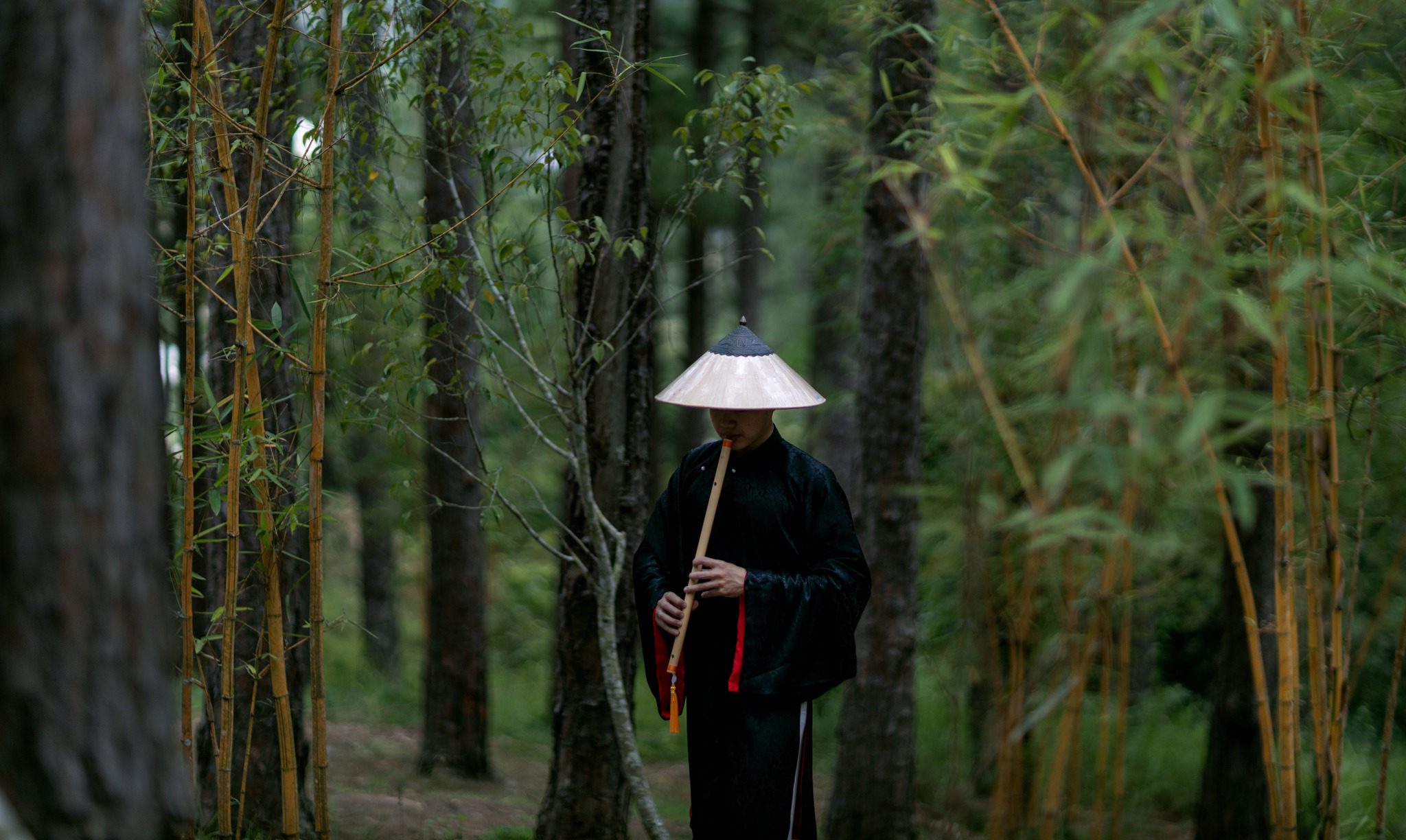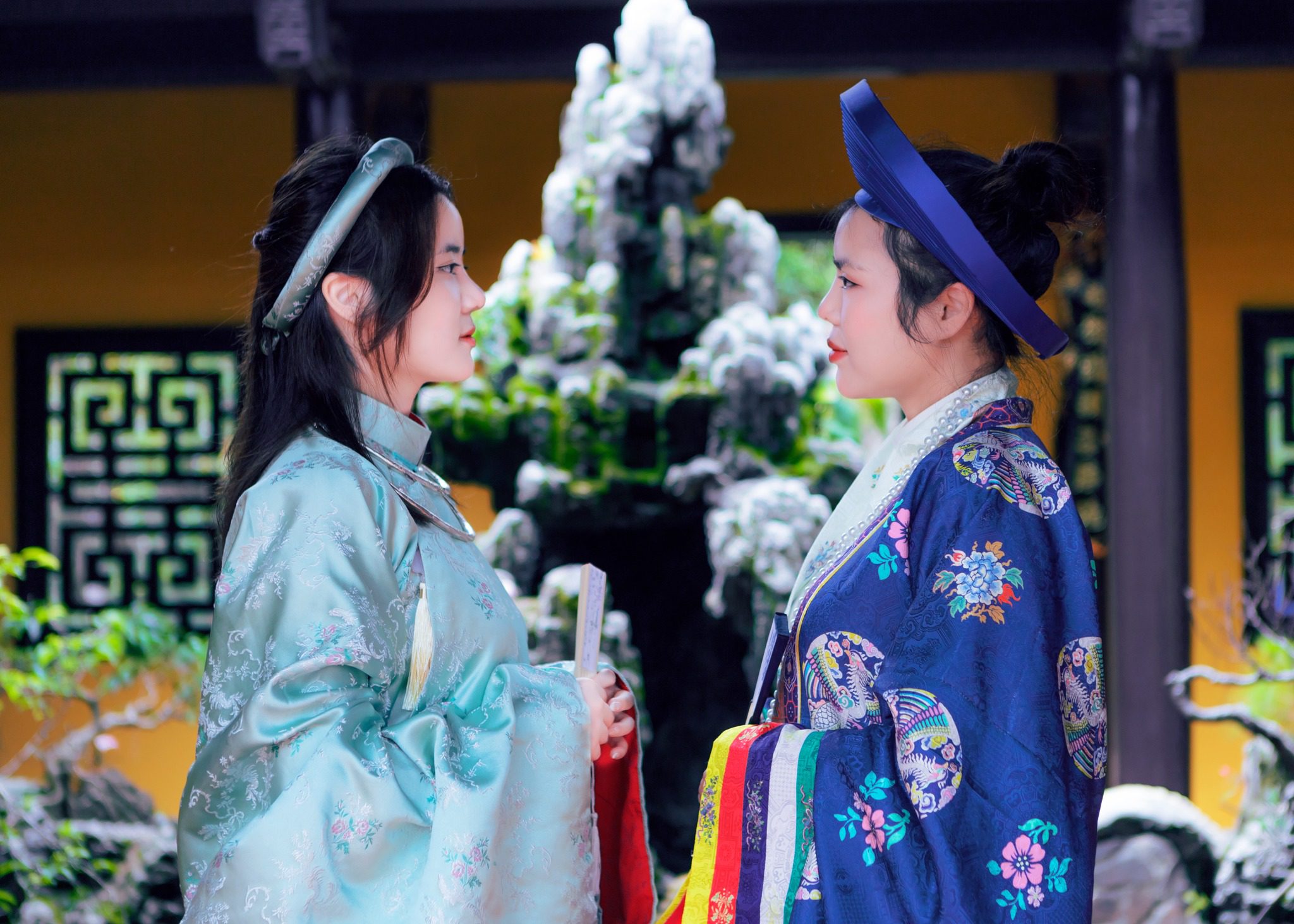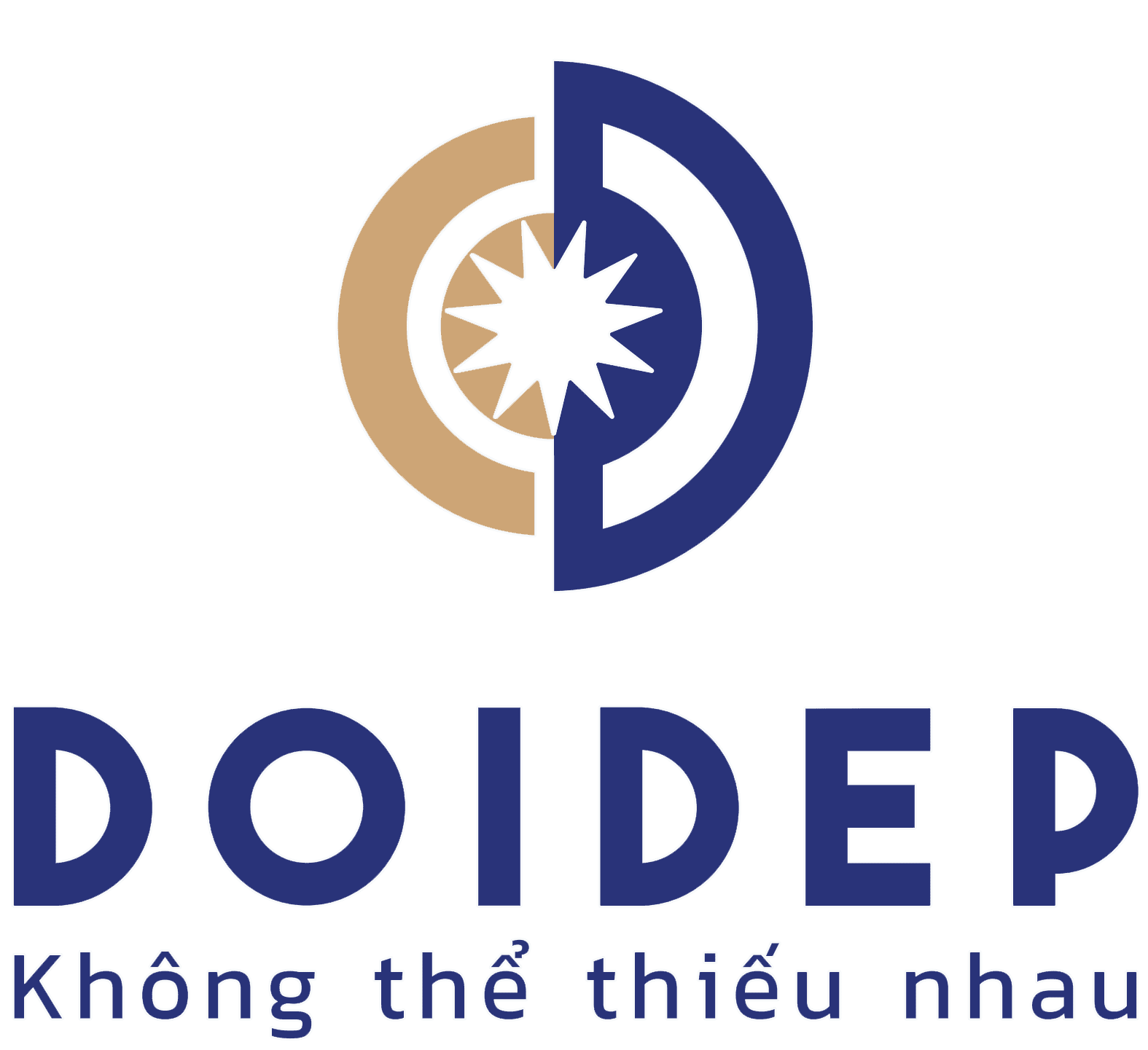Weaving the Dynasty: The quintessence of Vietnamese ancient clothes in every fiber
Nowadays, taking a look around Facebook, we can easily see images of young people wearing traditional Vietnamese costumes taking photos at temples, palaces or ancient relics. This shows that the trend of taking photos in traditional Vietnamese costumes has become a trend and is gradually spreading among young people.
Diversity of traditional Vietnamese costumes
Vietnamese traditional costumes are not only ao dai! Through many different feudal dynasties, our country has had costumes that carry the cultural identity of the nation depending on each period. So if you think that Vietnamese traditional costumes only include ao dai, you are wrong, because in addition to ao dai, ao Nhat Binh and ao Tac during the Nguyen Dynasty were also very famous and popular.

Known as the royal costume, the Nhat Binh shirt was often worn by Queens, Concubines and Princesses. Designed in the style of ao doi kham, it has a large rectangular collar running from the neck to the chest, and the two flaps of the shirt are tied together with a string. It is called “Nhat Binh” because this traditional Vietnamese costume has a pattern on the collar that when put together forms a rectangle right in front of the chest. The Nhat Binh shirt became the costume worn by the nobility on important occasions after the Nguyen Dynasty.
For traditional Vietnamese costumes, the Ao Tac is a formal dress often used in important occasions such as weddings, New Year's Eve, funerals... It is considered the most formal dress during the Nguyen Dynasty. It is popular from commoners to mandarins, kings and lords. This traditional Vietnamese costume usually consists of a five-panel dress that is longer than the knee with long loose sleeves (also known as a ceremonial dress or ao ngu than), buttoned on the right side, and a white undershirt. It is worn with white pants and a turban.
In addition to the Nhat Binh and Tac dresses, there are many other traditional Vietnamese costumes such as:
Ao Doi Kham (Ly - Tran Dynasty): This is a traditional Vietnamese costume with two parallel flaps, slits on both sides and usually reaching the wearer's skirt. It is often worn loosely or used as an outer coat, which is also very elegant, and others can easily see the other layers of clothing from inside.

Ao Giao Linh (Ly - Tran - Le Dynasties): This type of traditional Vietnamese dress has a collar that intersects in front of the chest, the left flap overlaps the right flap, the sleeves are mainly loose or narrow. Ao Giao Linh has many features quite similar to the traditional costumes of Japan or China but has a distinct Vietnamese difference, which is that the two inner and outer skirt flaps do not overlap, this is also one of the characteristics of traditional Vietnamese dress.
Ao Ngu Than (Nguyen Dynasty after 1744): This traditional Vietnamese dress is quite simple with 4 main panels and 1 secondary panel, standing collar, buttoned on the right side, narrow sleeves combined with a white undershirt inside and long pants. The notable point of the Ao Ngu Than is that it usually has elegant colors for both men and women, simple patterns and no collar or sleeve frills.
Ao Tu Than (From the beginning of the 20th century onwards): This is the traditional Vietnamese daily dress of the ancient Vietnamese people. Ao Tu Than is designed with two flaps, four panels, from the neck down to about 20cm below the knee. The dress consists of two front panels and two back panels that are split into two panels. This traditional Vietnamese dress has no buttons, is long and has two sleeves to be worn. Women often wear a yếm inside, then add a thin blouse and finally the Ao Tu Than on the outside.
It can be seen that traditional Vietnamese costumes are extremely diverse and beautiful in their own unique and delicate way.
Trend of taking photos in traditional Vietnamese costumes at Tea Resort Prenn
In the past, when mentioning traditional costumes, many young people only thought of Chinese Hanfu, Korean Hanbok or Japanese Kimono, but now, with the efforts of Tea Resort Prenn to restore traditional Vietnamese costumes, the concept of "Vietnamese costumes" has become clearer and more popular than ever, and in the future can stand shoulder to shoulder with traditional costumes of countries around the world.

The traditional Vietnamese costumes of the past have woven a new mission in the modern life of the younger generation. Today's youth are more interested in the history of Dai Viet and research and develop it in their own way.
It can be seen that the best way to preserve national cultural heritage is to make them "revive" in modern life. If you want to experience traditional Vietnamese costumes to feel the national quintessence, join hands to preserve the beauty of Vietnamese culture and bring them to the world, do not hesitate to contact Tea Resort Prenn for advice on photo packages.
Contact information for TEA RESORT PRENN tourist area
- 094 439 16 16
- sales1.tearesortprenn@doidep.com
- Highway 20, Prenn Pass, Ward 3, Da Lat City
